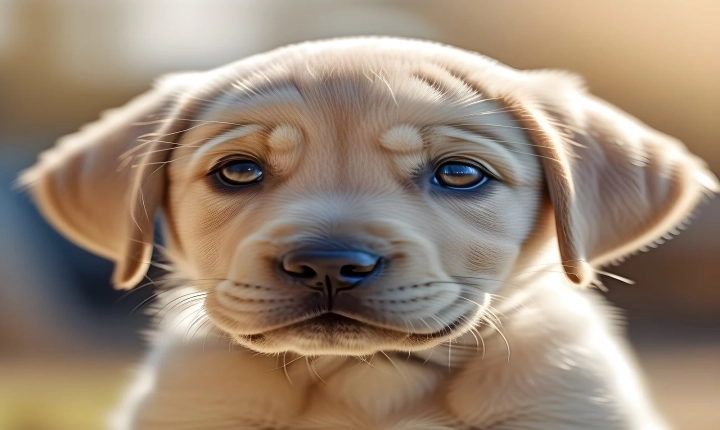Title: Exploring the Process of Creating AI Album Covers
In recent years, the music industry has seen a rise in the use of AI-generated album covers. These covers are designed using machine learning algorithms and have gained popularity for their unique and visually striking designs. But how exactly are these AI album covers created? Let’s delve into the process and explore the technology behind this emerging trend.
1. Data Collection and Training
The first step in creating AI album covers is the collection of a large dataset of existing album covers. This dataset is then used to train the machine learning model, allowing it to learn from and understand common design elements, styles, and color palettes used in album art.
2. Style Transfer and Generation
Once the model has been trained, it can begin generating new album covers based on the patterns and styles it has learned from the dataset. This process often involves style transfer techniques, where the model takes inspiration from existing covers and applies its own artistic interpretations to create something entirely new.
3. Iterative Design and Refinement
After generating initial designs, the AI model undergoes an iterative design and refinement process. This involves evaluating and modifying the generated covers based on various criteria, such as visual appeal, composition, and alignment with the desired aesthetic. Human designers often play a role in curating and selecting the best designs from the AI-generated pool.
4. User Feedback and Customization
Some AI platforms allow for user input and customization, where artists and labels can provide feedback to the AI model and fine-tune the generated covers to better align with their vision. This collaborative approach bridges the gap between AI-generated designs and human creativity, resulting in covers that are both innovative and artistically meaningful.
5. Integration with Design Tools
The final step in the process involves integrating the AI-generated designs with traditional design tools, such as Adobe Photoshop or Illustrator. This allows for further customization, typography, and branding elements to be incorporated into the album cover, ensuring that the final product reflects the artist’s identity and resonates with their audience.
The emergence of AI-generated album covers represents a fascinating intersection of art and technology, showcasing the capabilities of machine learning in the creative landscape. While some may view this trend as a potential threat to traditional design processes, it also opens up new possibilities for collaboration, experimentation, and the democratization of artistic expression.
As technology continues to evolve, it’s likely that AI-generated album covers will become increasingly prevalent in the music industry, offering artists and designers new avenues to explore and innovate. Whether it’s through the fusion of human input and AI creativity or the development of entirely autonomous design systems, the future of AI album covers holds the promise of endless artistic potential.
